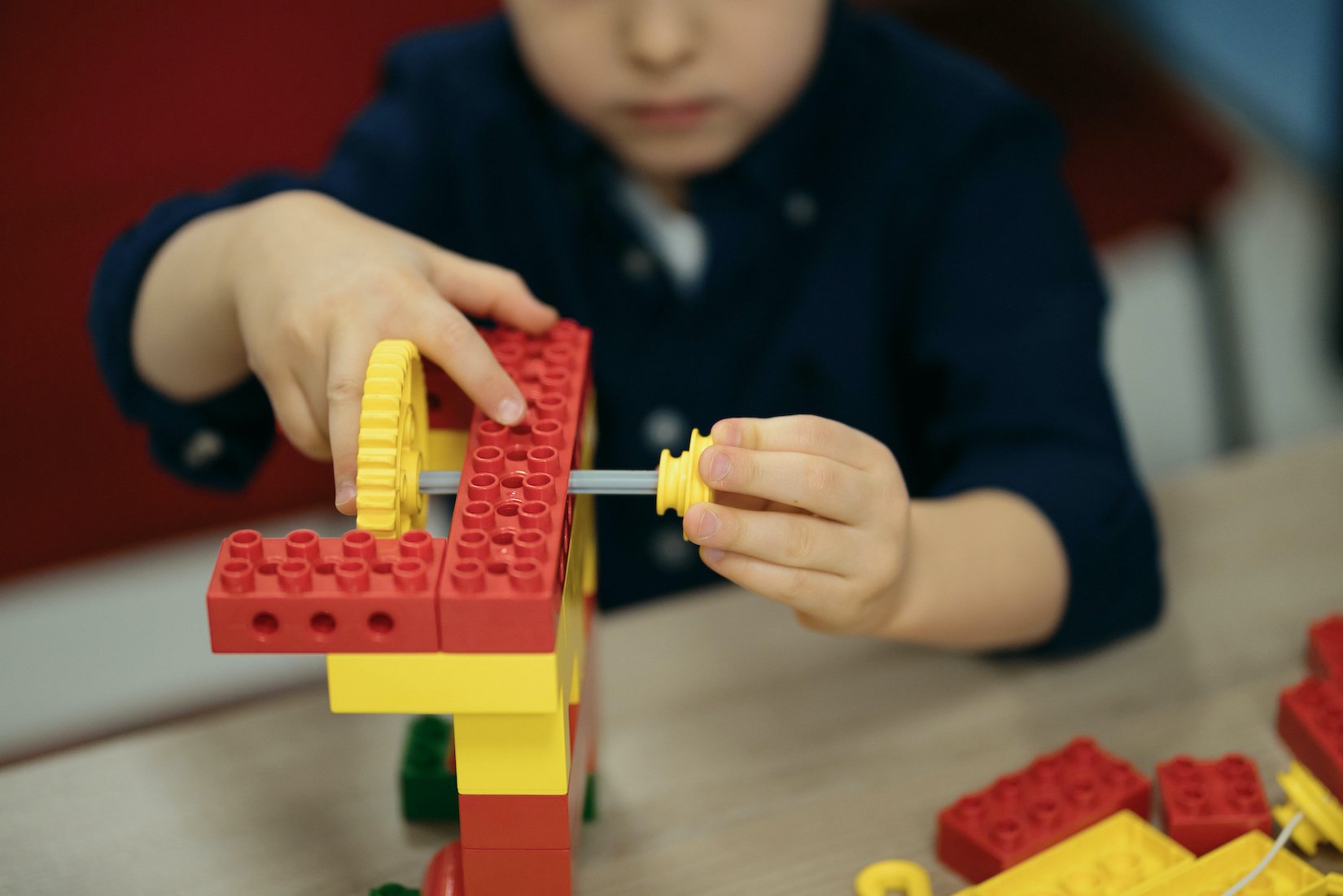What is the build-measure-learn feedback loop?
The build-measure-learn feedback loop is a concept that is central to the Lean Start-up methodology, a popular approach to building and scaling businesses. The basic idea is to iterate quickly through a series of small experiments in order to learn and improve, and ultimately develop a product or service that meets the needs of customers.
The build-measure-learn feedback loop consists of three key stages:
Build: In this stage, the focus is on building a minimum viable product (MVP), which is a simple version of the product or service that can be quickly built and tested. The MVP is designed to test a specific hypothesis about the product or market, and is intended to be improved upon based on feedback.
Measure: Once the MVP is built, the next step is to measure its performance using a set of key metrics. These metrics should be chosen based on the specific hypothesis being tested, and should provide insights into whether the product is meeting the needs of customers.
Learn: Based on the metrics gathered in the measure stage, the team can learn about what is working and what isn't, and make informed decisions about how to improve the product. This might involve making changes to the product itself, adjusting the marketing strategy, or pivoting to a new product altogether.
The build-measure-learn feedback loop is designed to be iterative, meaning that the team goes through the cycle multiple times, each time making incremental improvements to the product. By continuously testing and learning, the team can create a product that is well-suited to the needs of customers and the market, and avoid wasting time and resources on features or strategies that don't work.
You might also like to read:






